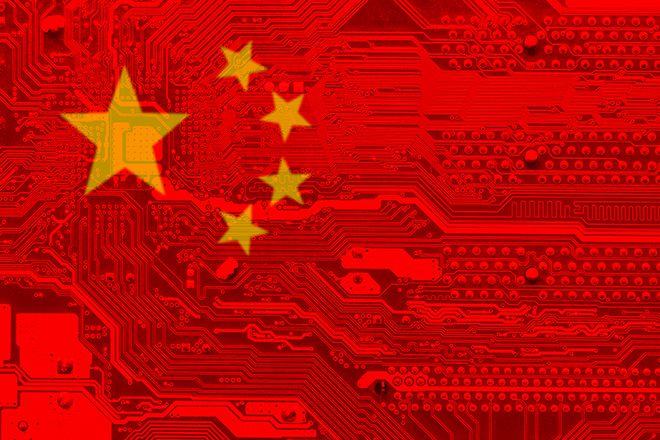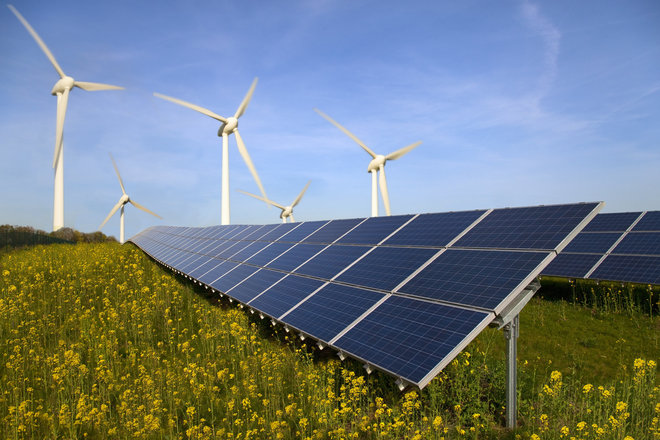Subscribe
Sign up for timely perspectives delivered to your inbox.

Daniel Graña argues that country analysis should remain a key focus for emerging market investors given the implications from COVID-19 and a less supportive international trade environment.
The COVID-19 pandemic has had wide-ranging and severe impacts on financial markets with significant differences in experiences. All emerging markets (EM) were in the same (COVID-19) storm but were not in the same boat. Countries in North Asia, for example, that have had prior experience with pandemics were able and willing to act to keep the virus under control. Whereas countries with a lot of informality in their economy, such as India’s labour supply dynamic, proved difficult to manage when workers returned from the cities to their villages where healthcare is not as robust.
A lot of the struggling EM countries have had to run very large budget deficits, have implemented unconventional monetary experiments, such as quantitative easing, and had to contend with downward pressure on currencies versus the US dollar.
We believe that the intersection between country analysis, governance considerations and fundamental company analysis is the best hunting ground within emerging markets. Superior pandemic management coupled with technological advances leads us to favour countries in North Asia, though the degree of outperformance might narrow in 2021. Places like China, South Korea, Taiwan and Vietnam could stimulate their economies to offset a weaker US growth outlook but elsewhere others like Brazil, India, South Africa and Turkey cannot or arguably should not. The net result is that we are entering 2021 with a big difference between the macroeconomic backdrop at a country level, which has a meaningful impact on the companies operating there.
There is a growing awareness that China must follow its own economic path. President Xi Jinping now talks about dual circulation through the creation of fully domestic supply chains (localisation). Therefore, relying more on domestic consumption and an innovation-driven economy rather than foreign end markets as the international trade environment (globalisation) becomes less supportive. At the same time, there is appetite for attracting foreign investment in areas where China does not have know-how on the ground.

China has a government that thinks and acts with a long-term view and is committed to innovation, notably helped by a large number of engineering graduates and early technology adopters. The country does not have the social divisions that are increasingly evident in the West and its people are ambitious. It also has a vast domestic market, which is important given the likely decline in demand for exports. Given the continued uncertainties about globalisation – political support for free trade is fading globally – we expect global supply chains to continue to be diversified away from China. In turn, expect China to continue to localise away from multinationals where feasible.In terms of challenges, China has systemwide leverage (debt) and technology dependence on the West. Overall, however, we believe that China remains an attractive location for potential long-term investment opportunities.
Following Joe Biden’s Presidential election victory, US trade policy is likely to shift: Trump is a unilateralist whereas Biden is a multilateralist. As a result, there is likely to be less ‘fireworks’ in terms of rhetoric but the process of engaging China with legitimate trade issues is likely to be slower because Biden is likely to work closer with US allies.
Under Biden, US fiscal policy – government spending and tax policies – is likely to be much less stimulative to counteract COVID due the likely divided government. Therefore, the US growth trajectory is expected to be more modest than many had hoped.
A more modest US economic growth path is generally negative for EM because the US is an important source of global demand and trade is an important growth lever for EM. As a result, those EM countries that can generate domestic demand appear to be better positioned, in line with our positive view on China as noted above.
COVID-19 has seen an increase in the adoption of e-commerce and the use of digital platforms across emerging and developed markets. As we have mentioned before, we believe that investment in digital infrastructure in finance, industry and other sectors will become national priorities. China has been a leader in e-commerce and social media engagement, but we expect future innovation to emerge from more value-added intellectual property as the country further adopts cloud computing and artificial intelligence. A move away from cash to digital payments is increasing in popularity, not just in China but increasingly elsewhere in emerging markets.
Sentiment for Latin America’s economic prospects had been constructive many years ago. However, challenges have increased and the situation is now different. We believe that the region has not transitioned well from the pre-Global Financial Crisis commodity boom world and has largely mishandled the COVID-19 pandemic response.
There are some exciting disruptive companies, mainly in the retailing and financial industries which are forcing incumbents to respond and innovate. Our outlook, however, is that Latin American countries on aggregate are likely to operate below their potential. Those countries that commit to structural reform can distinguish themselves, while those governments that do not are likely to face an unhappy electorate.

Declarations of carbon neutrality target dates continue to be released across the developed and emerging world, with China seeking to achieve carbon neutrality before 2060. This implies risks for traditional hydrocarbon exporters like Russia and Saudi Arabia as peak oil demand may be within our investment horizon. It also indicates opportunities as human innovation drives change. Greater environmental investment is generally very good for North Asia because the region is home to much of the supply chain for renewables like solar, wind and batteries for electric vehicles.
We believe 2020 has accelerated the changes in the fortunes of emerging markets. Uncertainties remain as to the speed of further change but we see clear themes establishing themselves, and this makes selectivity ever more important when assessing opportunities. Further divergence and the speed of change has important repercussions for the companies operating there.
Quantitative easing (QE): An unconventional monetary policy used by central banks to stimulate the economy by boosting the amount of overall money in the banking system.
![]()